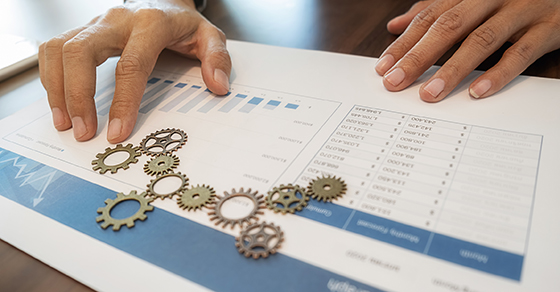
In business, a failure to evolve may lead to failure. One way to keep your company rolling is to regularly adjust how you market products or services to customers and prospects.
A marketing strategy shouldn’t be a knee-jerk reaction to some enticing rumor or hot trend. Rather, it needs to be a carefully calculated effort that assesses profitability (not just revenue) and identifies a feasible price point for the products or services in question.
Evaluating targets
Consider each prospect, existing customer or targeted group as an investment. Estimate your net profit after subtracting production, sales and customer service costs.
More desirable customers will purchase a sizable volume with enough frequency to provide a steady income stream over time rather than serve as just a one-time or infrequent buyer. They also will be potential targets for cross-selling other products or services to generate incremental revenue.
Bear in mind that you must have the operational capacity to fulfill a given prospect’s demand. If not, you’ll have to expand your operations to take on that customer, costing you more in resources and capital.
Also, be wary of becoming too dependent on a few large customers. They can use this status as leverage to lowball you. Or, if they decide to pull the plug, it could be financially devastating.
Naming your price
Another key factor to consider in adjusting your marketing strategy is how much you’ll charge. It’s a tricky balance: Setting your price low may help to attract customers, but it can also minimize or even eliminate your profit margin.
In addition, think about what kind of payment terms you’re prepared to offer. Sitting on large accounts receivable can strain your cash flow. Establishing a timely payment schedule with customers is critical to sustaining your operations and supporting the bottom line.
If you must make a major cash outlay for setting up a new customer, such as for new equipment, consider offering initial pricing that includes a surcharge for a specified period. For example, if the normal product price is $1.00 each, you might want to arrange for the customer to pay $1.10 each until you have recovered the cost of the equipment, plus carrying charges.
Taking the risk
If your company has been around for a while, you know that marketing is risky business. An unsuccessful campaign can not only waste dollars in the short term, but also hurt morale and even trigger bad PR if it’s particularly misguided. The costs of doing nothing, however, may be even greater. We can assist you in evaluating the potential profitability of your marketing initiatives, as well as calculating viable price points for your products or services.
© 2020



